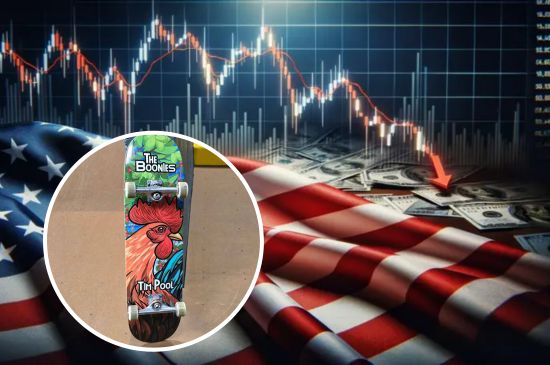
According to reports, inflation accelerated in June as the impacts of President Donald Trump’s tariffs slowly started to show in US prices.
With consumer prices rising to 2.7 percent compared to a year ago, and tariffs digging deeper into the cost of imported goods, things are starting to shift across the skateboarding world.
What used to be a simple visit to the skate shop for a new deck or set of wheels is now a more expensive trip, and the impact goes far beyond just the checkout counter.
The Cost of a Setup Just Got Heavier
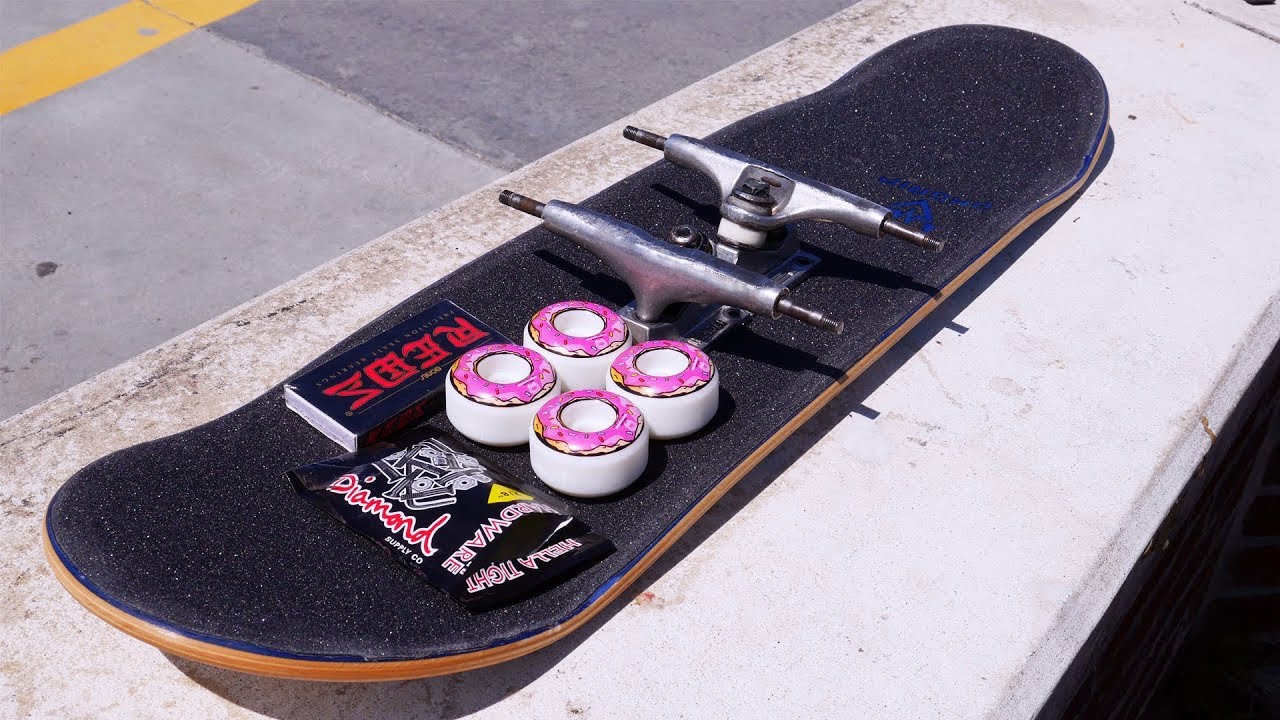
Skateboarding has never been about luxury, but the latest spike in inflation is making everyday skate stuff noticeably more expensive. Many of the items skaters rely on, from hardware to shoes are sourced or assembled overseas. With the Trump administration stacking tariffs on countries like Canada, China, and Mexico, those costs are now making their way into skate shops and online carts.
A complete skateboard setup that used to cost around fifty five dollars is now pushing one hundred in some shops like Zumiez. Shoes are jumping in price too. Brands that used to offer solid models for under ninety bucks are now creeping past the hundred-dollar or more. It is not just about personal cost either. For companies that run on tight margins, every price bump matters.
Distribution Companies Are Feeling the Pressure
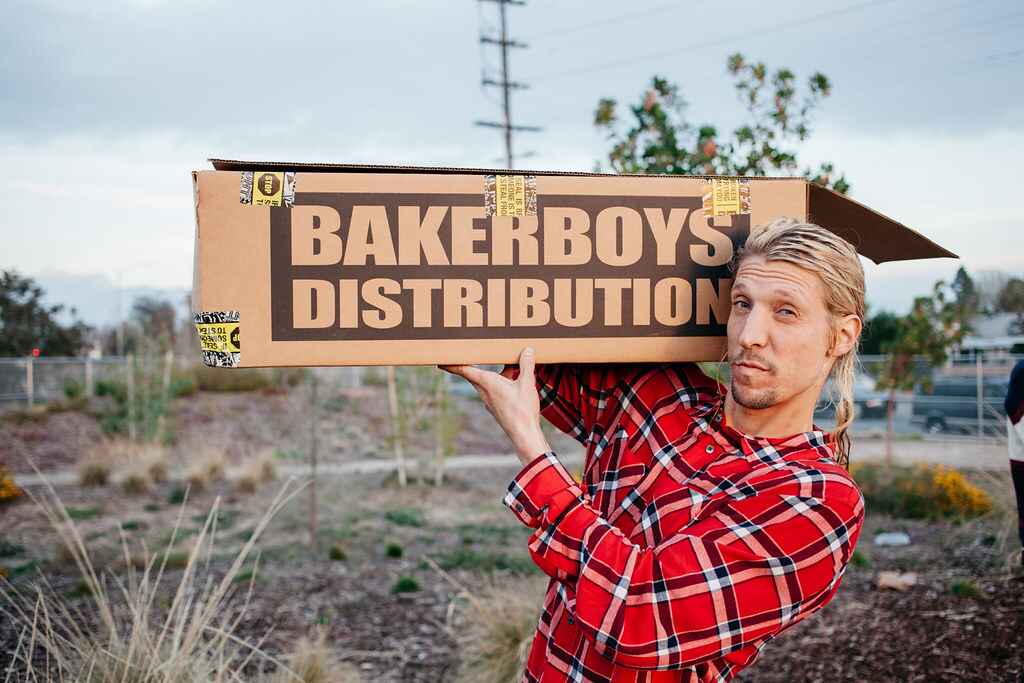
Distributions like Deluxe, NHS, Bakerboys, and more play a huge role in the skateboarding economy. These companies are responsible for moving product from manufacturers to the shops that keep local scenes alive. But with new tariffs raising the cost of materials like aluminum, rubber, and synthetic fabrics, distribution companies are under increasing pressure to absorb costs or raise prices.
In a business already known for slim profits and unpredictable demand, this is a tough spot to be in. Some distributors are choosing to hold prices as long as they can. Others are updating wholesale rates and hoping shops will understand. Either way, nobody wins when the balance gets thrown off.
Local Skate Shops Are in a Tight Spot
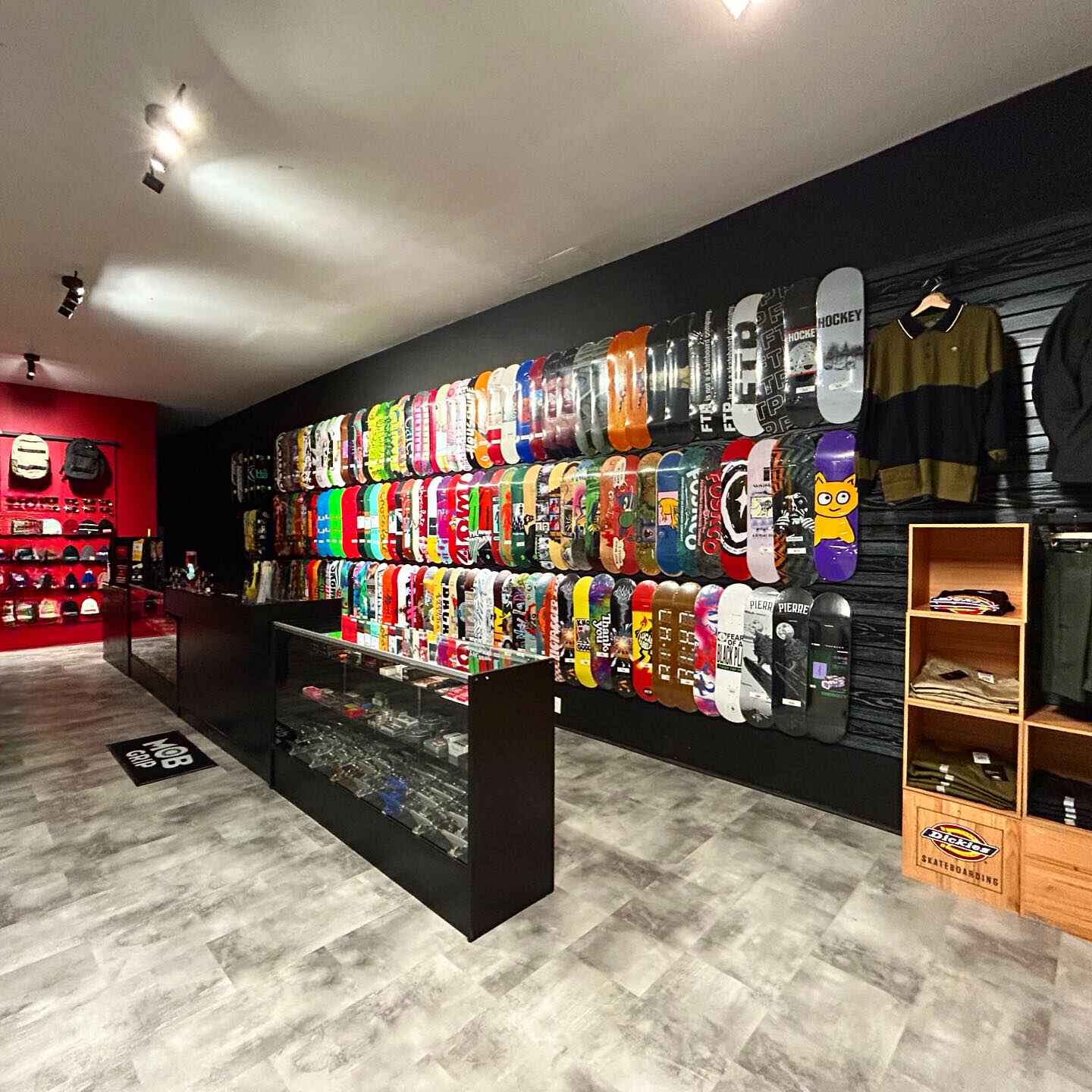
Skate shops are the heart of most local scenes. They give riders a place to hang, get advice, watch videos, and pick up their boards. But now those shops are struggling to keep inventory affordable without going under. A few dollars added to the price of each board, pair of trucks, or set of wheels adds up quickly, especially when many shops are just getting by.
Some have started shifting more of their orders to shop decks or in-house brands. Others are cutting back on stock or being more selective about what they bring in. A few are leaning harder into community support by running events, offering lessons, or collaborating with local skaters to stay relevant and generate income.
Skaters Are Adjusting and Making It Work
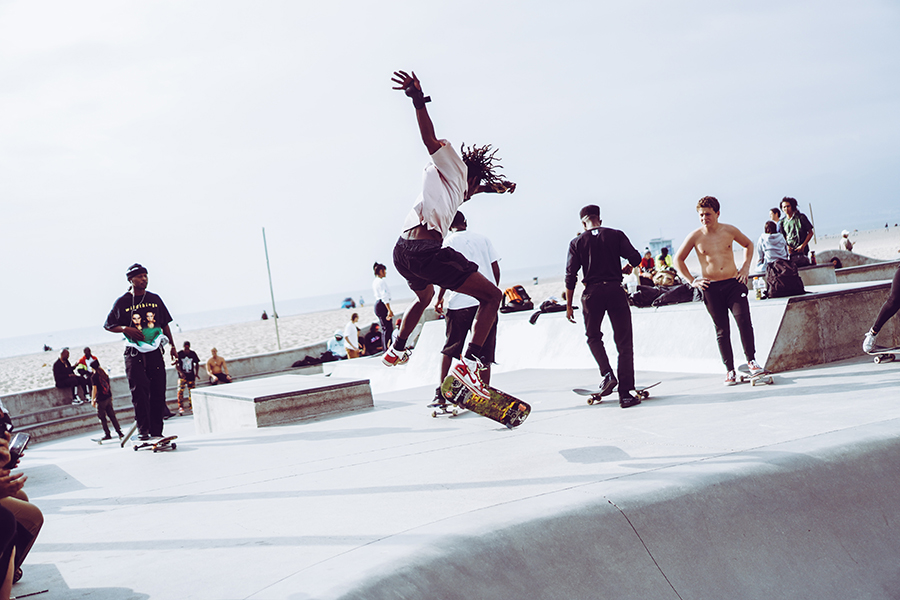
One of the best things about the skateboarding community is its ability to adapt. When decks get too expensive, skaters start swapping used boards or buying from secondhand from the homies. When new deck feels out of reach, they make old one last longer. That same mindset that built DIY spots and backyard ramps is now helping skaters stretch their dollars in creative ways.
But it is not always enough. Younger skaters and those without sponsor support are getting priced out of quality gear. Filming trips are harder to budget for. Contest travel costs more than it did just last year. For many skaters trying to make a name for themselves, the price jump adds more pressure to an already unpredictable path.
What's Next?
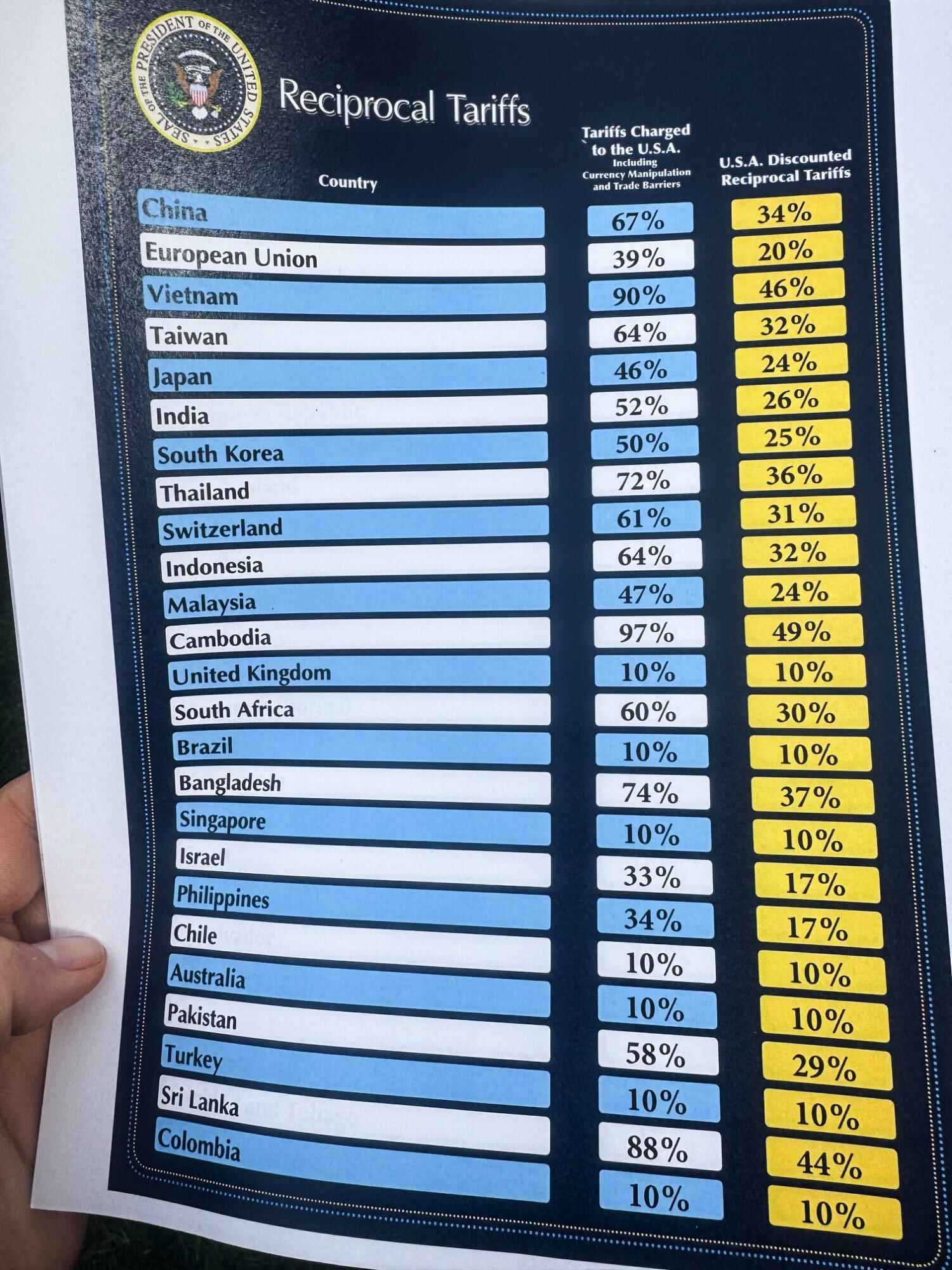
No one knows exactly how long the inflation and tariffs will stick around, but the longer they do, the more the skate industry will have to adjust. Brands are already rethinking production strategies. Distributors are renegotiating shipping and sourcing deals. Shops are having deeper conversations about sustainability and survival. And skaters are, as always, figuring out how to keep skating no matter what.
This moment is testing the skateboarding world in ways that might not be obvious from the outside. It is not just a bump in price tags. It is a challenge to the culture’s independence and accessibility. But the community that built skateboarding into what it is today is still here.
